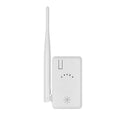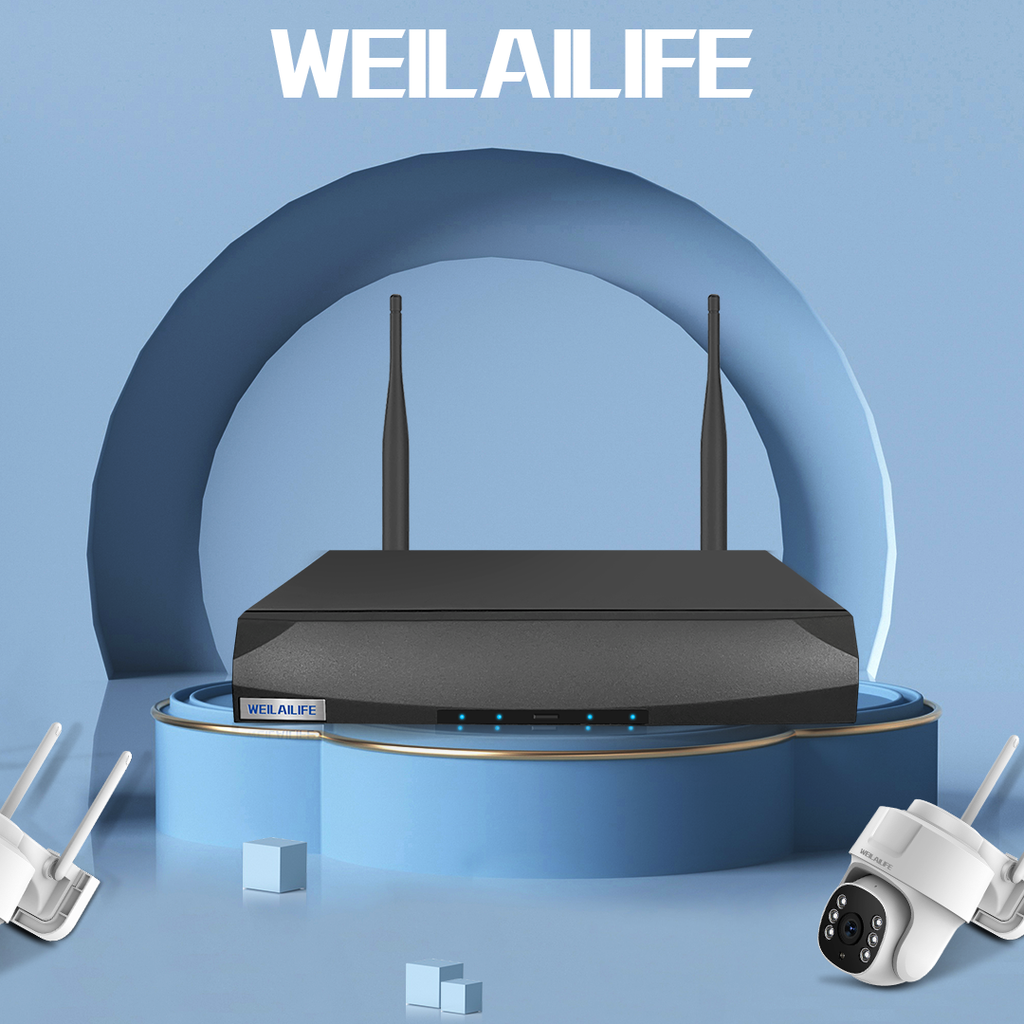Pros and Cons of Solar-Powered Surveillance Cameras - Insights from WEILAILIFE
Abstract:
Solar-powered surveillance cameras offer unique advantages and face specific challenges. In this article, we'll explore the strengths and weaknesses of these cameras from the perspective of WEILAILIFE, a leading brand in surveillance technology.
Advantages:
Environmentally Friendly and Energy-Efficient: Solar-powered surveillance cameras rely on solar energy as their primary power source, eliminating the need for traditional grid electricity. This not only reduces environmental pollution but also promotes energy conservation.
Ideal for Remote Areas: Solar-powered surveillance cameras are well-suited for remote locations without access to grid power, eliminating the hassle and cost of wiring.
Flexible Deployment: With no dependency on power lines, solar-powered cameras can be flexibly installed in various monitoring positions.
Independent Operation: Equipped with independent power systems, solar-powered surveillance cameras can continue functioning even during power outages.
Low Maintenance Costs: Thanks to solar power supply, these cameras require less frequent battery replacements, resulting in lower maintenance costs.
Disadvantages:
Weather Dependency: The performance of solar-powered surveillance cameras is influenced by weather conditions, especially during cloudy days or at night, where energy collection may be insufficient, affecting device stability.
Higher Initial Investment: Solar-powered surveillance cameras have a higher initial cost due to the prices of solar panels and batteries.
Storage and Usage Limitations: These cameras' storage capacity and operating time are limited by battery capacity, which may hinder continuous long-term monitoring.
Installation Position Constraints: Adequate sunlight is essential for the proper functioning of solar-powered cameras, which means installation positions are influenced by sunlight conditions, requiring careful selection.
Technical Requirements: Installing and maintaining solar-powered surveillance cameras demand a certain level of technical expertise to ensure proper operation and maintenance.
In conclusion, solar-powered surveillance cameras offer distinct advantages, especially in remote or off-grid locations. However, it's essential to consider factors such as weather conditions and equipment investments when choosing these cameras to meet specific monitoring needs. WEILAILIFE recommends assessing the suitability of solar-powered cameras based on your unique surveillance requirements.
Solar-powered surveillance cameras offer unique advantages and face specific challenges. In this article, we'll explore the strengths and weaknesses of these cameras from the perspective of WEILAILIFE, a leading brand in surveillance technology.
Advantages:
Environmentally Friendly and Energy-Efficient: Solar-powered surveillance cameras rely on solar energy as their primary power source, eliminating the need for traditional grid electricity. This not only reduces environmental pollution but also promotes energy conservation.
Ideal for Remote Areas: Solar-powered surveillance cameras are well-suited for remote locations without access to grid power, eliminating the hassle and cost of wiring.
Flexible Deployment: With no dependency on power lines, solar-powered cameras can be flexibly installed in various monitoring positions.
Independent Operation: Equipped with independent power systems, solar-powered surveillance cameras can continue functioning even during power outages.
Low Maintenance Costs: Thanks to solar power supply, these cameras require less frequent battery replacements, resulting in lower maintenance costs.
Disadvantages:
Weather Dependency: The performance of solar-powered surveillance cameras is influenced by weather conditions, especially during cloudy days or at night, where energy collection may be insufficient, affecting device stability.
Higher Initial Investment: Solar-powered surveillance cameras have a higher initial cost due to the prices of solar panels and batteries.
Storage and Usage Limitations: These cameras' storage capacity and operating time are limited by battery capacity, which may hinder continuous long-term monitoring.
Installation Position Constraints: Adequate sunlight is essential for the proper functioning of solar-powered cameras, which means installation positions are influenced by sunlight conditions, requiring careful selection.
Technical Requirements: Installing and maintaining solar-powered surveillance cameras demand a certain level of technical expertise to ensure proper operation and maintenance.
In conclusion, solar-powered surveillance cameras offer distinct advantages, especially in remote or off-grid locations. However, it's essential to consider factors such as weather conditions and equipment investments when choosing these cameras to meet specific monitoring needs. WEILAILIFE recommends assessing the suitability of solar-powered cameras based on your unique surveillance requirements.
Sample Block Quote
Nam tempus turpis at metus scelerisque placerat nulla deumantos sollicitudin delos felis. Pellentesque diam dolor an elementum et lobortis at mollis ut risus. Curabitur semper sagittis mino de condimentum.
Sample Paragraph Text
Lorem ipsum dolor sit amet, consectetur adipiscing elit. Morbi ut blandit risus. Donec mollis nec tellus et rutrum. Orci varius natoque de penatibus et magnis dis parturient montes, nascetur ridiculus mus. Ut consequat quam a purus faucibus scelerisque. Mauris ac dui ante. Pellentesque congue porttitor tempus. Donec sodales dapibus urna sed dictum.









